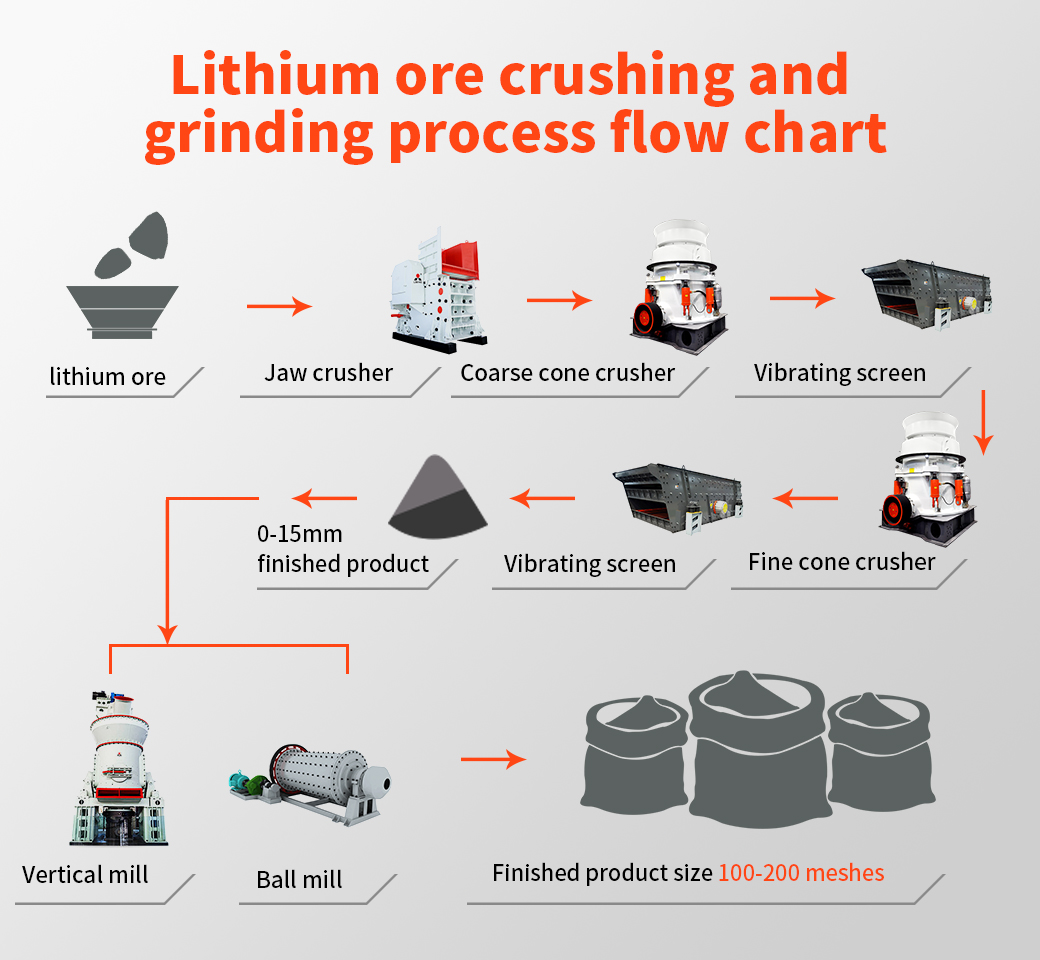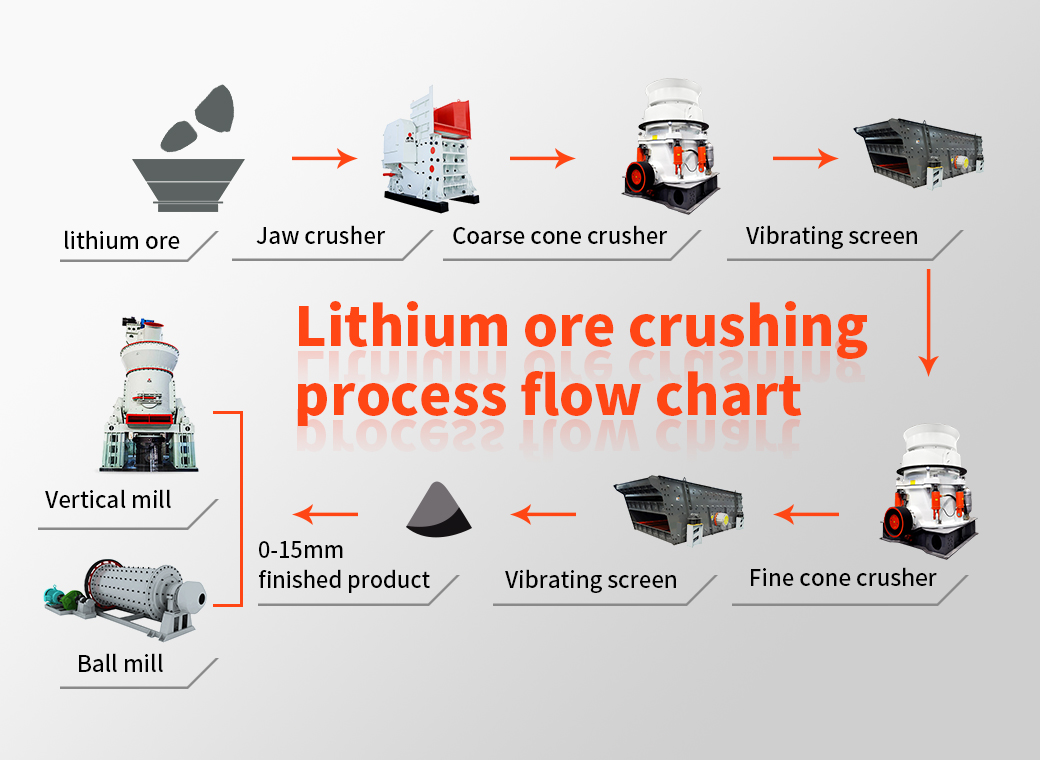The classification process of calcium carbonate
The classification process of calcium carbonate involves separating the particles into different sizes and grades for various applications. This step is crucial in ensuring that the final product meets the desired specifications.
One common method used for classification is through a screening process. The crushed calcium carbonate material is fed into a vibrating screen, where it is separated into different sizes based on the mesh size of the screen. The larger particles are retained on the screen, while the smaller ones pass through.
Another method used for classification is air classification. In this process, a stream of air carries the calcium carbonate particles upward through a series of sieves or classifiers. The particles with lighter weight are carried further by the air stream, while those with heavier weight settle down and are collected separately.

The classification process of calcium carbonate
Additionally, centrifugal separators can also be employed to classify calcium carbonate particles based on their density. These separators use centrifugal force to separate materials with different densities and collect them in separate chambers.
These classification processes help ensure that calcium carbonate products meet specific requirements for different industries such as plastics, paints, pharmaceuticals, and more. By accurately classifying these particles according to size and grade, manufacturers can provide customers with high-quality products tailored to their needs





 Spodumene: According to the hard rock crushing process, the crushed product is generally 5-40mm, combined with different design requirements of customers, two-end or three-stage crushing, high-grade crushed products (above 4-5%) can be directly used in the metallurgical process to produce lithium carbonate Or lithium hydroxide, the particle size of the finished product is generally around 20-40mm; low-grade generally requires ball mill grinding and separation, and the particle size of the finished product is generally around 5-20mm;
Spodumene: According to the hard rock crushing process, the crushed product is generally 5-40mm, combined with different design requirements of customers, two-end or three-stage crushing, high-grade crushed products (above 4-5%) can be directly used in the metallurgical process to produce lithium carbonate Or lithium hydroxide, the particle size of the finished product is generally around 20-40mm; low-grade generally requires ball mill grinding and separation, and the particle size of the finished product is generally around 5-20mm;
